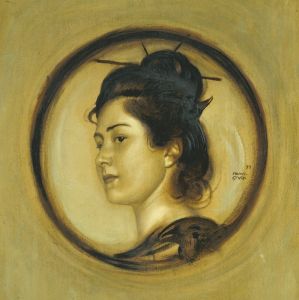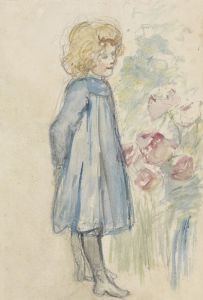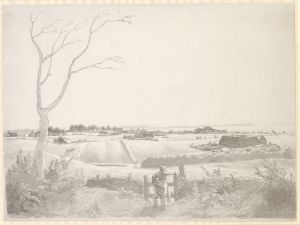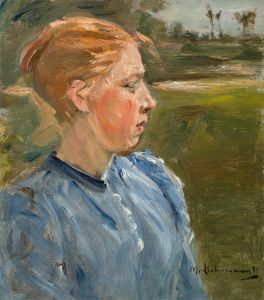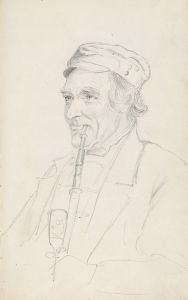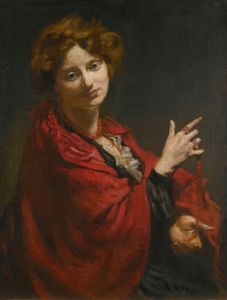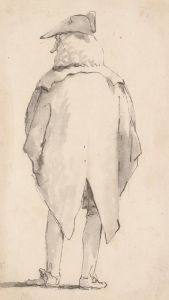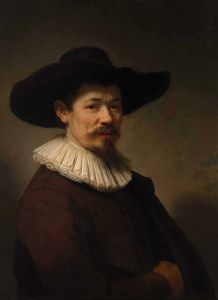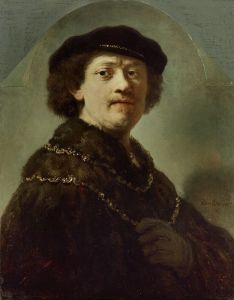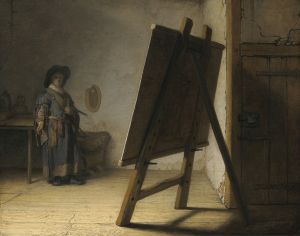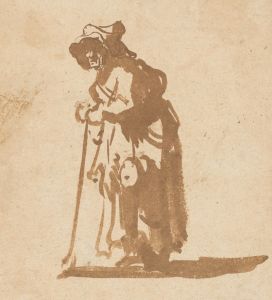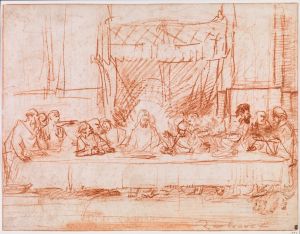
Man in Oriental Clothing
A hand-painted replica of Rembrandt van Rijn’s masterpiece Man in Oriental Clothing, meticulously crafted by professional artists to capture the true essence of the original. Each piece is created with museum-quality canvas and rare mineral pigments, carefully painted by experienced artists with delicate brushstrokes and rich, layered colors to perfectly recreate the texture of the original artwork. Unlike machine-printed reproductions, this hand-painted version brings the painting to life, infused with the artist’s emotions and skill in every stroke. Whether for personal collection or home decoration, it instantly elevates the artistic atmosphere of any space.
"Man in Oriental Clothing" is a painting by the renowned Dutch artist Rembrandt van Rijn, created in the 17th century during the Dutch Golden Age. This period was marked by great wealth and cultural achievement in the Netherlands, and Rembrandt was one of the most prominent artists of this era. The painting is also known by other titles, such as "The Noble Slav" or "Man in a Turban," reflecting the subject's attire and the exoticism that fascinated European audiences at the time.
The artwork depicts a man dressed in luxurious, exotic clothing that suggests an Eastern or Oriental origin. The subject's attire includes a richly embroidered robe and a turban, which were often associated with the Middle East or the Ottoman Empire. This choice of clothing reflects the 17th-century European fascination with the Orient, a term used to describe the cultures and lands of Asia and the Middle East. During this time, trade and exploration had increased contact between Europe and these regions, leading to a growing interest in their customs, art, and fashion.
Rembrandt's skillful use of light and shadow, known as chiaroscuro, is evident in this painting. This technique enhances the three-dimensionality of the figure and adds a dramatic intensity to the composition. The light falls on the subject's face and upper body, drawing attention to his contemplative expression and the intricate details of his clothing. The background is kept relatively dark, which serves to highlight the figure and create a sense of depth.
The identity of the man in the painting is not definitively known, and there is no concrete evidence to suggest that he was a specific historical figure. It is possible that Rembrandt used a model or created an idealized figure to embody the exotic allure of the Orient. The painting is often interpreted as a tronie, a type of work common in Dutch art that depicts a character study or a "type" rather than a specific individual. Tronies were popular during the Dutch Golden Age and allowed artists to experiment with facial expressions, costumes, and exotic themes.
"Man in Oriental Clothing" is housed in the Metropolitan Museum of Art in New York City, where it is part of their extensive collection of European paintings. The museum acquired the painting in 1949, and it has since been a subject of study and admiration for its artistic merit and historical significance. The painting exemplifies Rembrandt's mastery in portraiture and his ability to convey complex human emotions through his art.
Rembrandt's work, including "Man in Oriental Clothing," continues to be celebrated for its innovative use of light, texture, and composition. His paintings offer insight into the cultural exchanges and artistic trends of the 17th century, as well as the enduring appeal of the exotic in European art.





